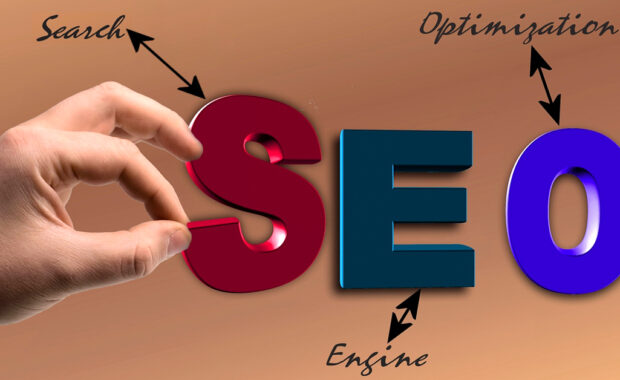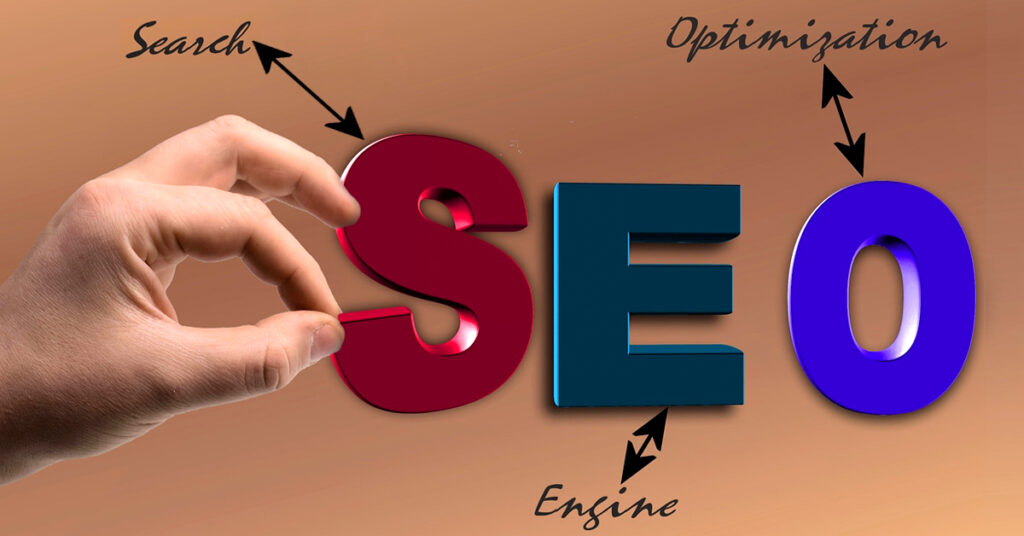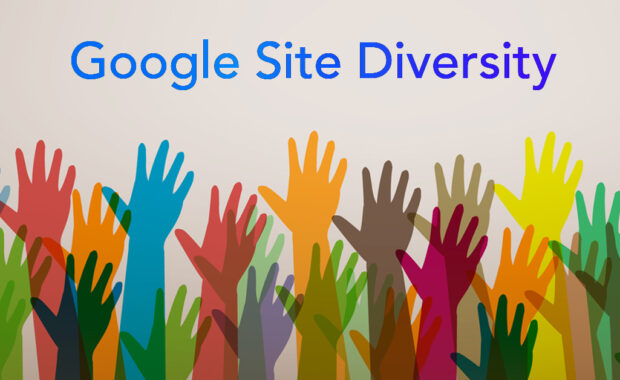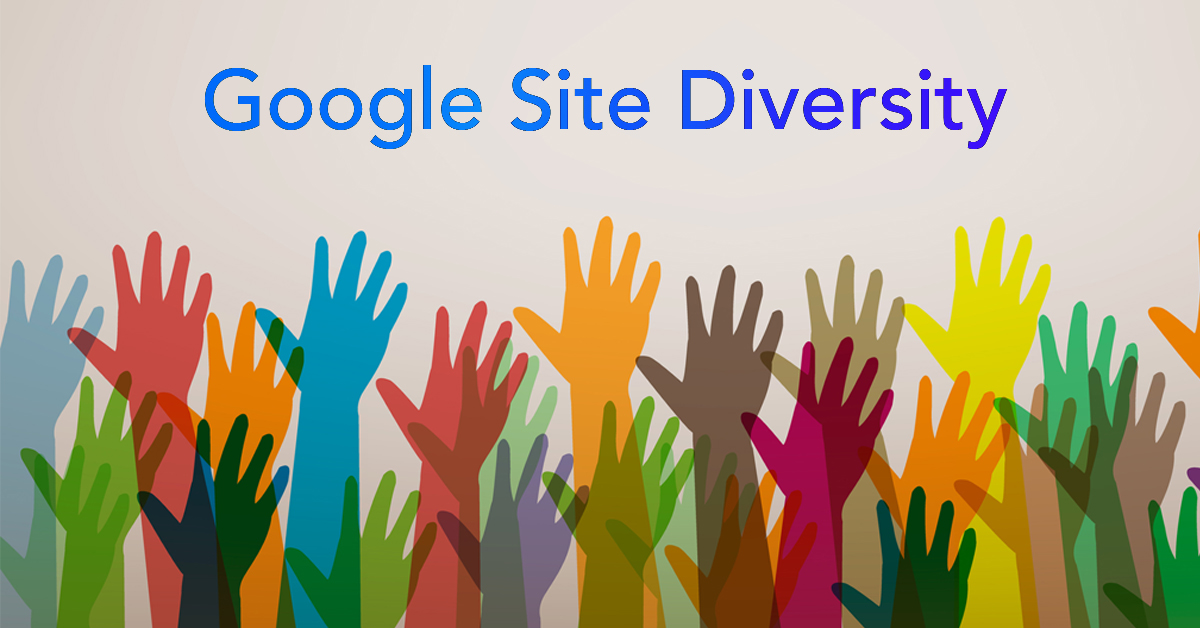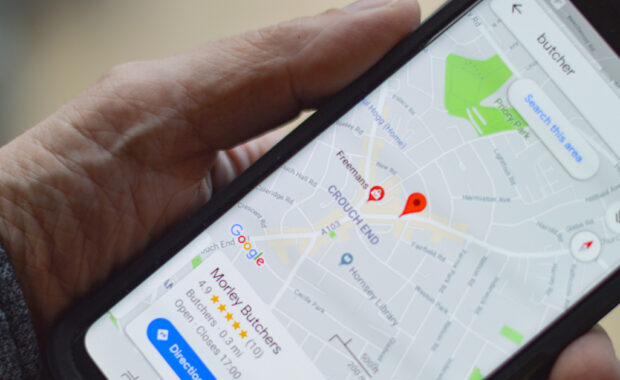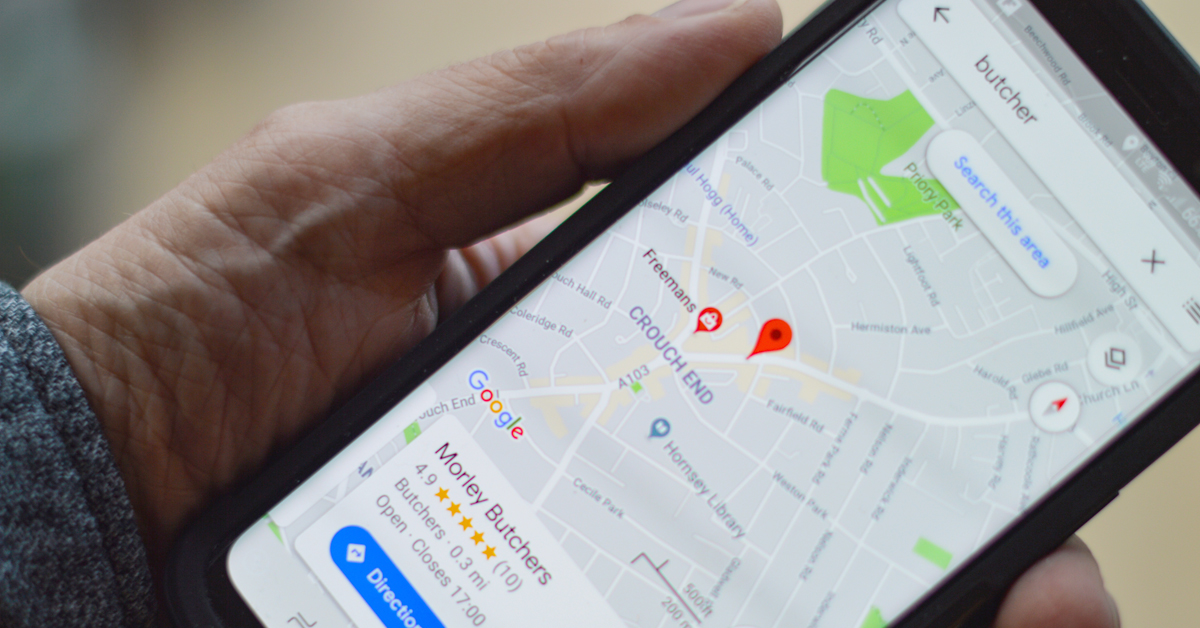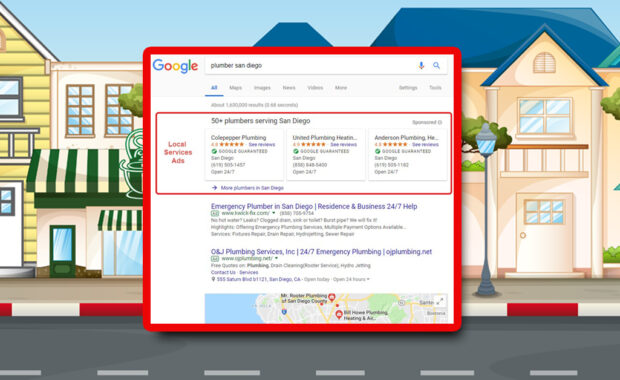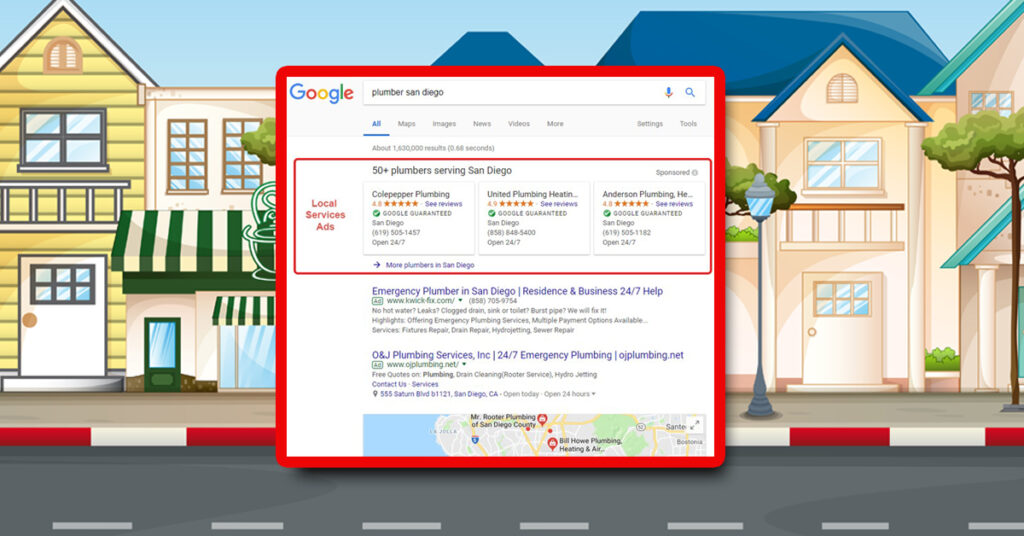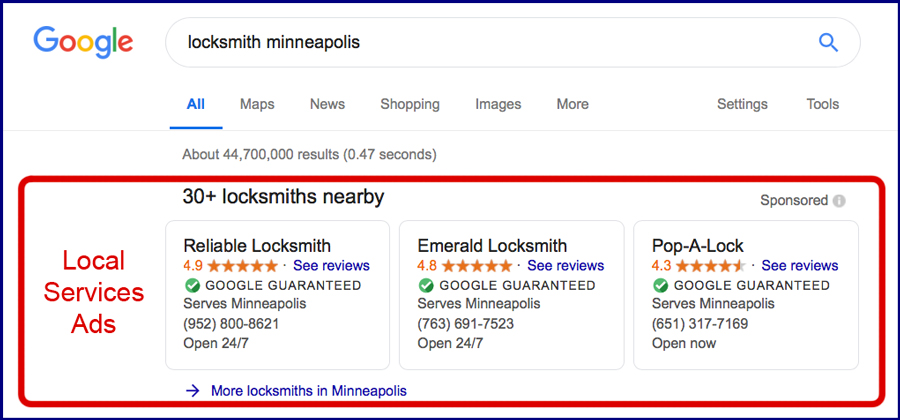
Marin Software’s Stage of Digital Advertising 2019 report shows that paid search ads dominate digital marketing budgets. According to the report, paid search accounts for 39% of total advertisers’ budgets.
Why apportion more than a third of your advertising budget on paid search?
- Effective: Paid search is highly effective. It matches an ad with what a user is actively searching for at that moment. It’s as if you thought, “I’d like some ice cream” and a genie appears holding a banana split. Because the ads match the keywords people are actively typing into a search engine bar, they are very relevant to what the user needs and generate a higher response. Paid search ads can also target different types of audiences, reaching those who are of a certain demographic or have an affinity toward a certain topic, etc.
- Cost-effective: The budget for paid search offers a lot of ‘bang for the marketing buck’ so to speak. Goals, competition, bid strategy, campaign type and setup, keywords, etc. can play a major role. Most small businesses generate a better return for their marketing investment when the audience is properly identified, the objectives are clearly defined and campaigns are set up properly.
- More than search: Paid ads encompass multiple platforms now. Search engines dominate, but social media channels, especially Facebook and Instagram, are popular places for paid search ads, too. This provides many channels through which a company can advertise all during a peak moment to reach decision-makers when they are interested in the advertiser’s products or services.
Where Are the Ads?
If you guessed Google, you’re right. The study states that Google remains the most trusted advertising platform with a ‘trust index’ rating of 98%. People believe that Google’s ads will display what they are searching for most of the time.
- Google’s Responsive Search ads are very popular among advertisers. 84% of the survey’s respondents plan to or are already using Responsive Search.
- 65% say their use of shoppable images within ads has increased. This improves targeting yet again by showing a searcher an item that exactly matches a query and making it easy to click and buy it.
- On social media sites such as Instagram, video dominates. 32% of respondents say that video is most effective, followed by 26% who say image ads are most effective.
Campaign Setup: Not for the Newbie
We all start somewhere in our understanding of a topic. When it comes to your business’ advertising, though, starting your first foray into the world of search advertising on your own can be daunting.
There are many aspects to creating, building, and launching an effective search campaign. This includes creating an overarching digital marketing strategy that takes into account your audience, competition, market size, timing, channels, and more. Next, keyword selection (where appropriate) helps focus on the best keywords to achieve your campaign goals. Budgets and bid strategy must be set and images licensed, sized, and configured to go out.
It takes time and effort to build an effective search campaign. We recommend working with a trusted partner to do so, especially if you’ve never worked on a digital marketing campaign yourself. A mistake can be costly, not just in money, but in wasted time and effort. Paid search is a great way to make money. It’s also a great way to lose money if not done correctly.
Dashboard Interactive can help you create and launch Google search campaigns, social media campaigns, and more. We’ll work with you to build and establish a digital marketing plan that makes sense and helps you achieve your ROI. Please call us at 763-242-2464 to get started.


